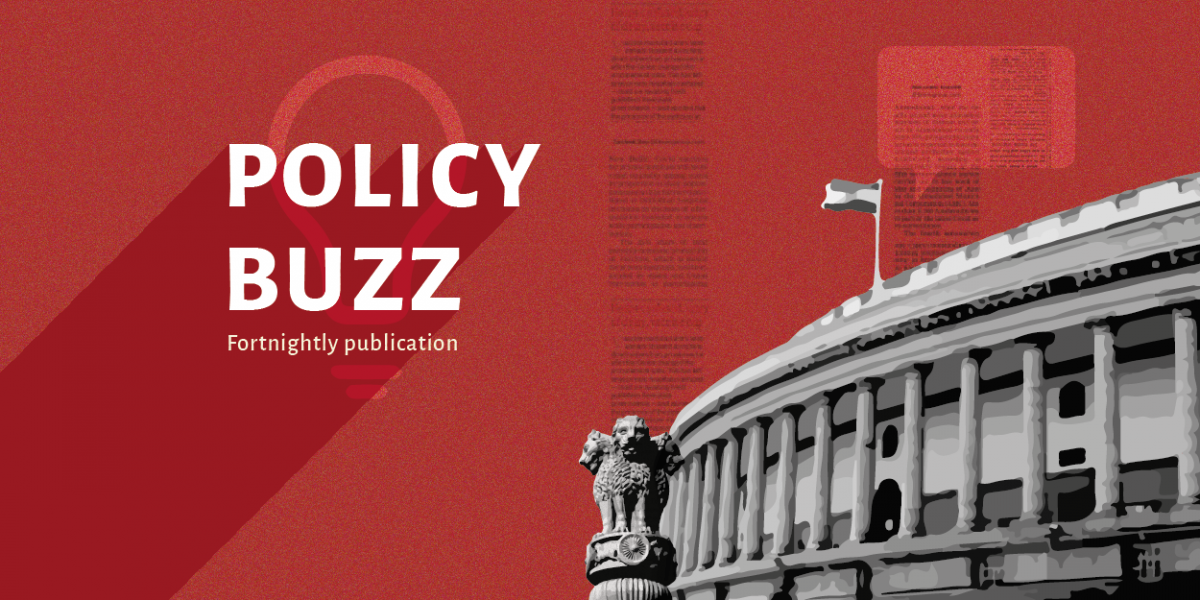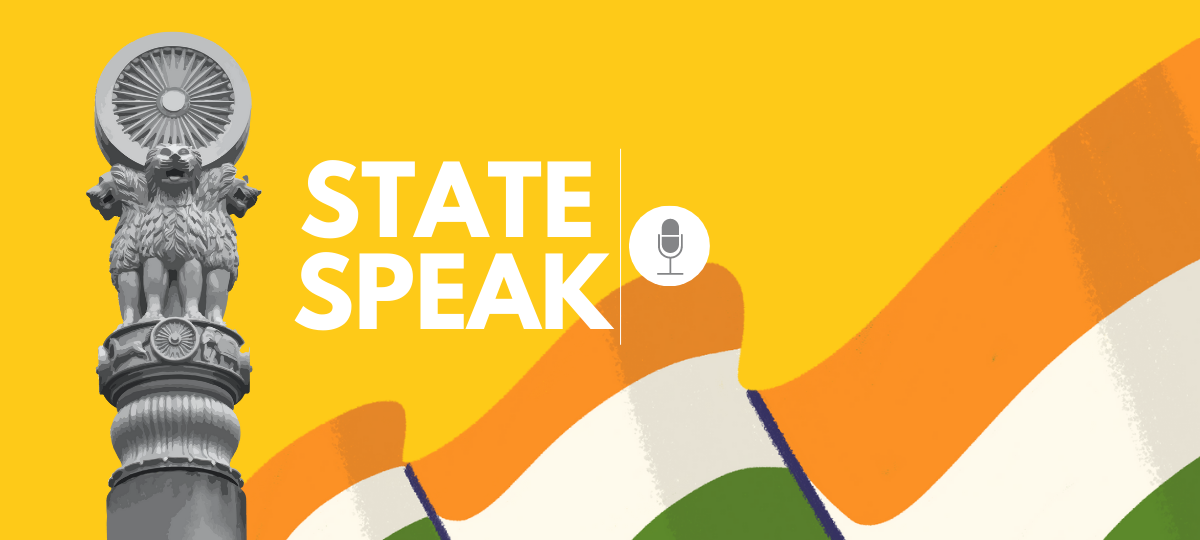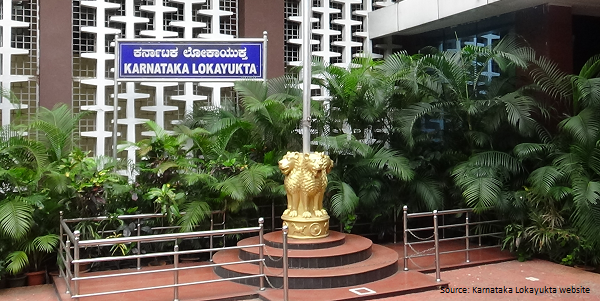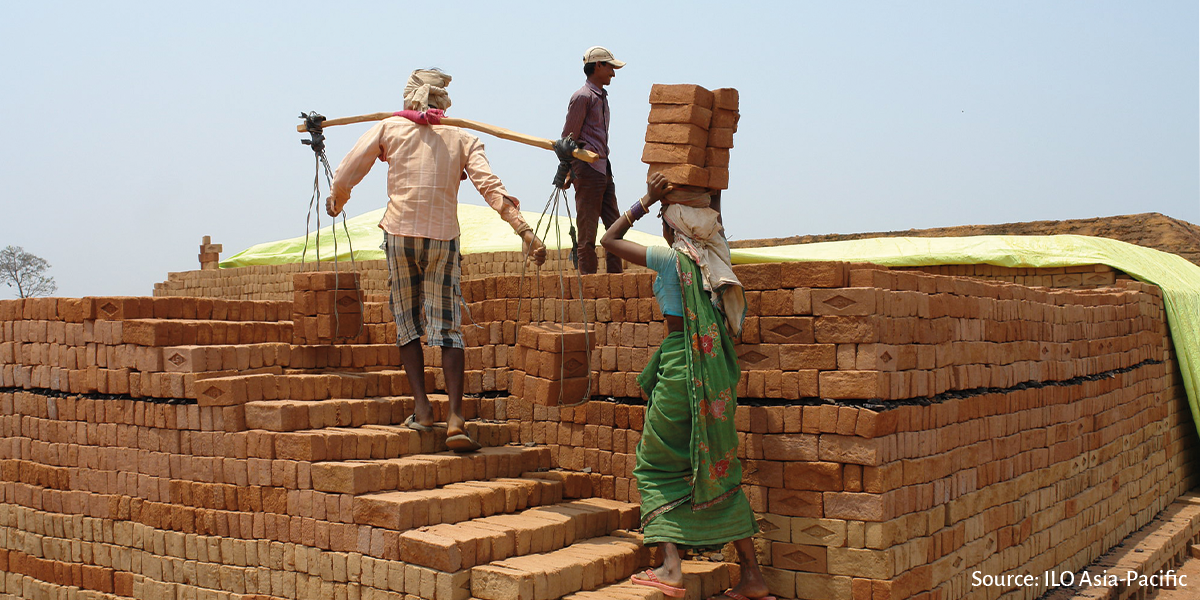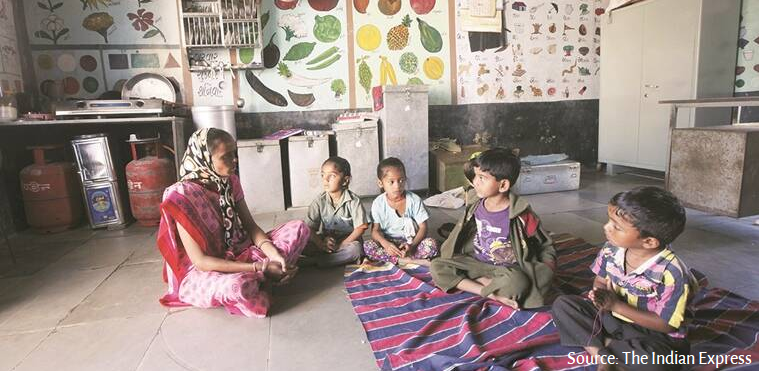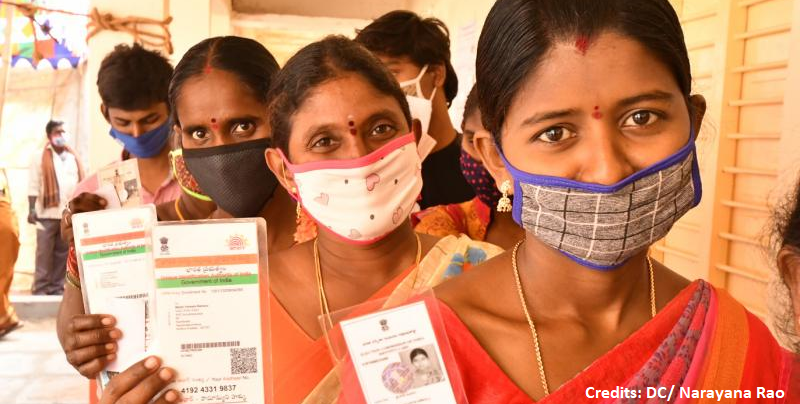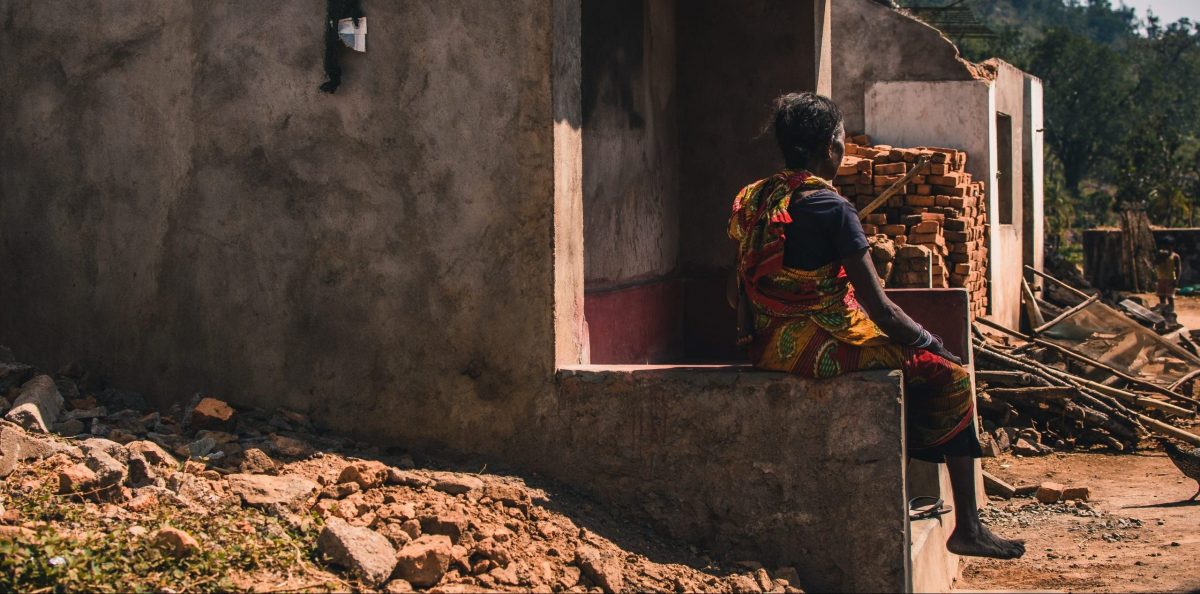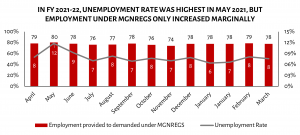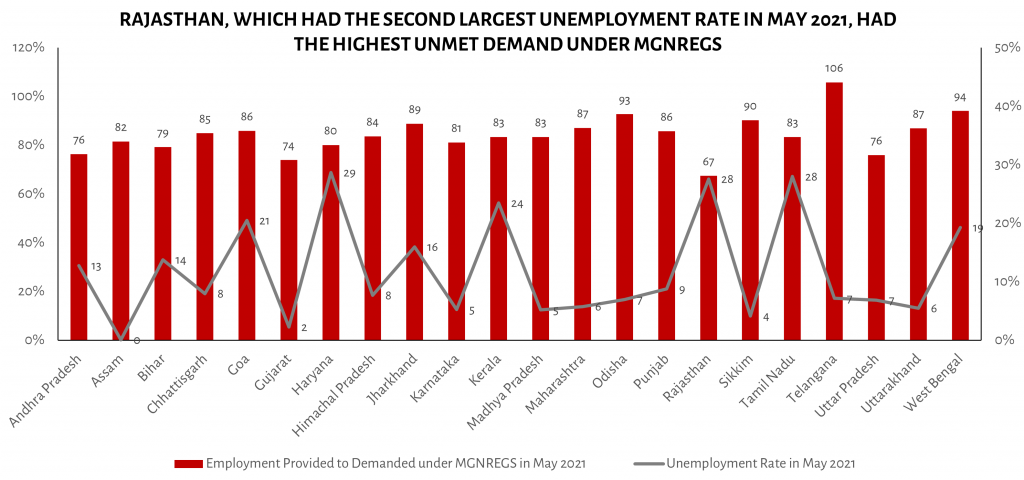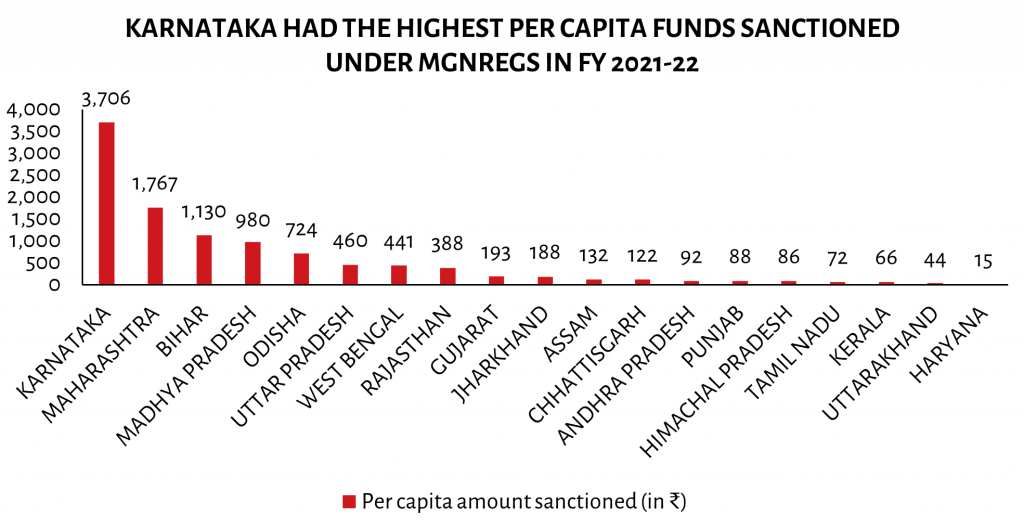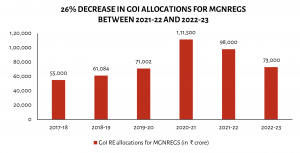The National Education Policy 2020, completes two years this year. Among its areas of focus has been the introduction of pre-primary education, also referred to as early childhood education across the country, for a young child’s holistic development. Pre-primary education is meant for children under the age of 6 years. As a child’s brain develops the fastest between 0-5 years, pre-primary education works as a catalyst in developing cognitive, emotional, and basic literacy and numeracy skills [1], thereby preparing students to move to formal schooling and later stages of education [2]. But implementation challenges on the ground persist.
Pre-primary education in India was formally included in the purview of the country’s education policy fairly recently when, in 2018-19, provisions were made to allocate funds for this purpose with the launch of the Samagra Shiksha scheme. Since then, even though several states started introducing pre-primary classes, the extent to which it was offered varied widely.
Prior to this, the Early Childhood Care and Education (ECCE) Policy, 2013 talked about achieving “…holistic development and active learning capacity of all children below six years of age” [3]. The ECCE has been implemented through the country’s Anganwadi Centre (AWC) system. However, pre-school education has been a small component of the services offered by an Anganwadi, whose key focus is nutrition and immunisation services.
The idea of universalisation of pre-primary education in India was yet to get a country-wide policy push, till the NEP, 2020 was released. It emphasised pre-primary education as an integral part of India’s public school education system.
Implementation of Pre-Primary Education till now
Post NEP, 2020, in order to facilitate state governments to implement pre-primary education recommendations of the policy in government schools, the Ministry of Education (MoE) released a plan in April 2021 called Student’s and Teacher’s Holistic Advancement through Quality Education (SARTHAQ) [4]. SARTHAQ outlines the implementation tasks, stakeholders responsible, targeted outputs, and dedicated timelines for the tasks to be achieved.
As mentioned previously, India has relied on its extensive Anganwadi system to implement ECCE, which also caters to children in the 3 to 6 years age bracket, alongside younger children, women and adolescent girls. Some policy questions emerged:
- Since pre-primary education also aims to provide services to children in similar age-groups such as those going to Anganwadis, should classrooms for the pre-primary section be constructed in all government schools or should AWCs be given this responsibility? In such a case, will an AWC be well-equipped to implement pre-primary education? Should the Anganwadi worker be trained to teach them the new pre-primary syllabus?
- In case pre-primary classrooms are introduced in government primary schools, since the children in this age-group should ideally get the nutritional services provided through the AWC system, how can this be ensured for the pre-primary section?
On the ground, these questions relate to three types of scenarios: (a) A government primary school without a pre-primary section, but which has an AWC inside or outside the school premises; (b) Primary school with an AWC inside the premises and also having pre-primary grade; and (c) Primary school with pre-primary grade, but without an AWC. This is why the need for role clarity between a school and an AWC and the extent of coordination between the two systems, is crucial.
Our conversations with government education officials across five states (Bihar, Maharashtra, Himachal Pradesh, Madhya Pradesh, and Rajasthan) during October 2021 and March 2022 revealed that there was a lot of confusion initially regarding the on-ground implementation process. This confusion was primarily linked to the ambiguity related to the structure of provisioning of pre-primary education and the sources of funding.
Funding for pre-primary education and structure of implementation
To implement ECCE through the AWC system, funds are channelled through the erstwhile Integrated Child Development Services (ICDS) scheme (which is currently part of the newly structured Saksham Anganwadi and POSHAN 2.0). On the other hand, pre-primary education is funded by the school education department primarily through the Samagra Shiksha scheme and recently through the Strengthening Teaching-Learning and Results for States (STARS) project in some states.
However, there appears to be confusion in the states regarding who should be funding what aspects of pre-primary education when AWCs and pre-primary schools actually co-exist on the ground.
For instance, implementation decisions could include whether mid-day meals (MDM) for the pre-primary students should be funded through the MDM scheme or it can be substituted by hot-cooked meals provided in AWCs when they are situated inside school premises. Similarly, who should be funding training of Anganwadi workers if they are supposed to implement pre-primary syllabus? Again, for schools that have pre-primary classes, should a new cohort of teachers trained in pre-primary, should they be appointed or should the Anganwadi worker provide some support? When an Angawadi is situated inside school premises, should there be any role the Anganwadi worker plays in pre-primary education in case the school also has pre-primary classrooms?
In Himachal Pradesh, for example, the AWCs and pre-primary schools are functioning as two different entities with minimal interaction. This creates a point of concern as a large number of villages or localities do not have schools with pre-primary grades. Hence, the challenge remains whether children in AWCs will be able to attain the same level of preparedness as compared to other children studying in a pre-primary school before entering Grade 1.
Rajasthan, on the other hand, has been able to achieve some kind of convergence between the two departments — education and WCD. Not only are Anganwadi workers being trained by the Education Department on the pre-primary syllabus, but they are also being assigned a primary school teacher, called a ‘mentor’ teacher, to support them in teaching pre-primary syllabus to children in the Anganwadi. Apart from Samagra Shiksha, Rajasthan has been using part of STARS funds for training new teachers, training of AWWs, teaching-learning material kits, and creating teaching modules for teachers [5].
Punjab, unlike Rajasthan, has built pre-primary classes in all primary schools by now. In places where the AWCs are located inside the school premises, the same students are enrolled in the AWC as well as the pre-primary class. This double enrollment helps the students avail the benefits of both schemes linked to nutritional services and pre-primary education.
Whether it is about creating pre-primary infrastructure in primary schools or the utilisation of Anganwadi structure, a substantial amount of initial investment is required to ensure pre-primary education to each child as envisaged by the NEP, 2020. At the same time, the implementation challenges highlighted above need to be resolved at the state level through continued consultation. While some states have made progress in this direction, many others are still in the process of figuring this out.
Mridusmita Bordoloi is an Associate Fellow and Anwesha Mallick is a Research Assistant at Accountability Initiative.
Editorial inputs by Avantika Shrivastava.
Also Read: India’s Public Investment in Education: Deciphering the Inconsistencies in Official Statistics
References:
[1] Report “Starting Strong 2017” (OECD, 2017)
[2] Report “Starting well: Benchmarking early education across the world” (EIU, 2012)
[3] Policy Document “ New Education Policy 2020” (MoHRD, 2020)
[4] Policy Document “SARTHAQ” (MOE, 2021)
[5] Information reproduced from ECCE: STARS (FY: 2021-22), budget sheet for Rajasthan




